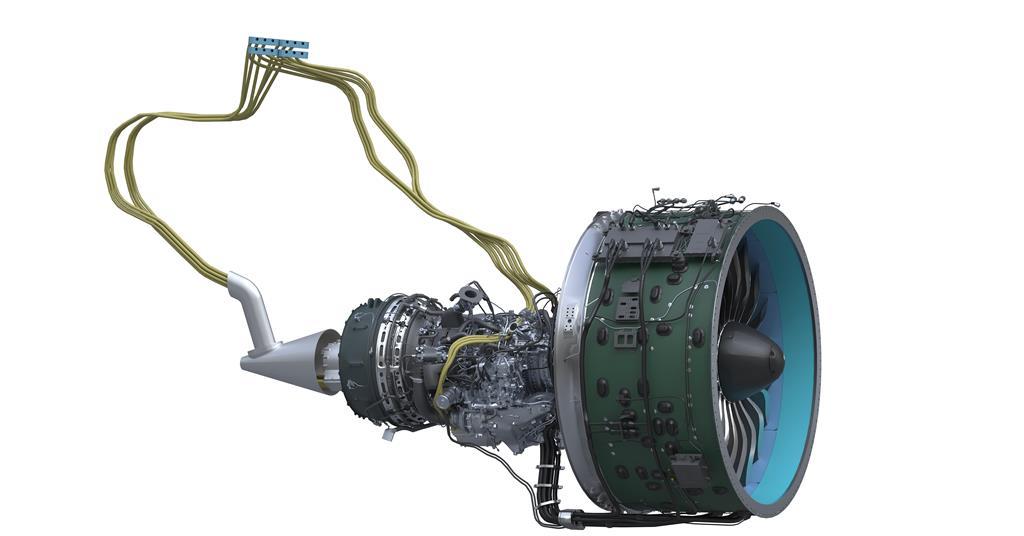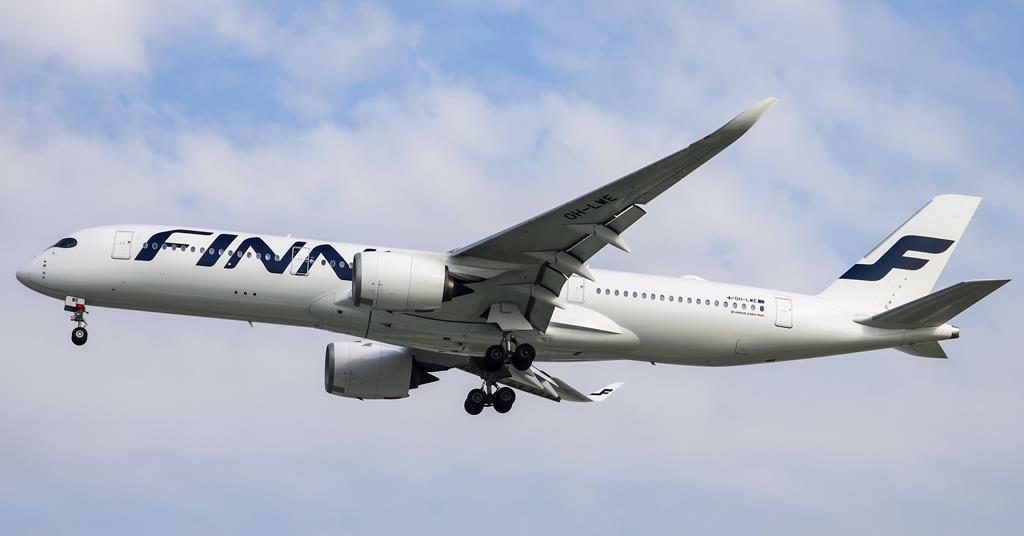JAL A350 collision probe strives to explain Dash 8’s failure to stop at runway holding point
Company
Legal Links
Contact
- +44 7947 753363
- contact@skylineairporttransfers.co.uk
- 6 Walsall Street Bilston Wolverhampton WV14 0AT
Recent Posts
© Skyline Airport Transfers. Created by![]() Beaphoenix WebDesign ltd
Beaphoenix WebDesign ltd
Popular Locations:
Birmingham: Aston, Bournville, Edgbaston, Erdington, Great Barr, Hall Green, Handsworth, Harborne, Northfield, Quinton, Soho, Sutton Coldfield, Amblecote, Brierley Hill, Coseley, Cradley, Gornal, Halesowen, Kingswinford, Lye, Netherton, Sedgley, Stourbridge, Quarry Bank, Bearwood, Blackheath, Cradley Heath, Great Bridge, Old Hill, Rowley Regis, Smethwick, Tipton, Tividale, Wednesbury, West Bromwich, Balsall Common, Bickenhill, Castle Bromwich, Chelmsley Wood, Dorridge, Elmdon, Hampton in Arden, Kingshurst, Knowle, Marston Green, Meriden, Monkspath, Hockley Heath, Shirley, Aldridge, Birchills, Bloxwich, Brownhills, Darlaston, Leamore, Palfrey, Pelsall, Pheasey, Shelfield, Streetly, Willenhall, Bilston, Blakenhall, Bushbury, Compton, Ettingshall, Heath Town, Oxley, Penn, Tettenhall, Wednesfield, Burntwood, Lichfield, Cannock, Rugeley, KIDDERMINSTER, Brierly Hill,
STOURPORT-ON-SEVERN
Coventry: Allesley, Binley, Keresley, Stoke, Tile Hill
Leicester: Abbey Rise, Ashton Green, Aylestone, Beaumont Leys, Bede Island, Belgrave, Blackfriars, Braunstone, Braunstone Frith, Bradgate Heights, Clarendon Park, Crown Hills, Dane Hills, Evington, Evington Valley, Eyres Monsell, Frog Island, Goodwood, Hamilton, Highfields, Horston Hill, Humberstone, Humberstone Garden, Kirby Frith, Knighton, Mowmacre Hill, Netherhall, Newfoundpool, New Parks, North Evington, Northfields, Rowlatts Hill, Rowley Fields, Rushey Mead, Saffron, Southfields, South Knighton, Spinney Hills, Stocking Farm, Stoneygate, St. Matthew’s, St. Mark’s, St. Peters, Thurnby Lodge, West End, West Knighton, Western Park, Woodgate
Derby: Matlock, Ripley, Ashbourne, ILKESTON, SWADLINCOTE , BURTON-ON-TRENT, BAKEWELL,
ALFRETON, BELPER, HEANOR
Telford: Market Drayton, Newport, Shifnal, Broseley, Much Wenlock
Stoke: Stoke-on-Trent, Newcastle, Leek, Uttoxeter, Stone, Stafford
Worcester: Worcester, Droitwich, Pershore, Broadway, Evesham, Malvern, Tenbury Wells
Gloucester: Gloucester, Cheltenham, Stroud, Cirencester, Tewkesbury, Badminton, Berkeley, Blakeney, Chipping Campden, Cinderford, Coleford, Drybrook, Dursley, Dymock, Fairford, Lechlade, Longhope, LydbrookLydney, Mitcheldean, Moreton-in-Marsh, Newent, Newnham, Ruardean, Stonehouse, Tetbury, Westbury-on-Severn, Wotton-under-Edge.
Nottingham: Nottingham, Sutton-in-Ashfield, Mansfield, Newark, Southwell, Grantham, Sleaford
Leicester: Leicester, Hinckley, Loughborough, Melton Mowbray, Oakham Market, Harborough, Lutterworth, Wigston, Ashby-de-la-Zouch, Ibstock, Markfield
Oxford: Oxford, Kidlington, Chipping Norton, Thame, Wallingford, Didcot, Wantage, Abingdon, Banbury, Carterton, Woodstock, Bicester, Witney, Chinnor, Watlington
Chester: Chester, Deeside, Bagillt, Buckley, Holywell, Birkenhead, Preston, Wallasey, Wirral, Neston, Ellesmere Port, Prenton
Airports we serve:
BHX: Birmingham Airport
EMA: East Midlands Airport
LHR: London Heathrow Airport
MAN: Manchester Airport
LGW: London Gatwick Airport
LTN: London Luton Airport
SOU: Southampton Airport
BRS: Bristol Airport
LPL: Liverpool John Lennon Airport
LCY: London City Airport
STN: London Stansted Airport



Japanese investigators have disclosed that a De Havilland Dash 8-300’s departure from Tokyo Haneda was supposed to be threaded between two arriving aircraft, before it entered the runway and was fatally struck by the first of them, a Japan Airlines Airbus A350-900.
The collision left only one survivor, the captain, from the six occupants of the Dash 8, but all 379 on board the A350 escaped with just five sustaining injuries.
Japanese investigation authority JTSB has yet to reach final conclusions on the 2 January 2024 accident, stating in an update that completing the inquiry before the anniversary of the collision will be “difficult”.
But it states that the Coast Guard Dash 8’s flight – to take earthquake-relief supplies to Niigata and Komatsu – was delayed for various reasons, including a technical issue with the auxiliary power unit generator.
Its crew had discussed whether they would be able to source suitable ground power-supply equipment at the destination.
As the Dash 8 travelled along taxiway C, which runs parallel to runway 34R, it was in a queue with several other aircraft heading for the C1 intersection at the end of the runway.
The inquiry says that, in order to facilitate operations on 34R, given the Dash 8’s slow speed, controllers in the east tower planned to slot the Dash 8’s departure between the arrival of the A350 and that of another aircraft behind it.
Tower control instructed the Dash 8 to exit the queue by taking the turn-off to the C5 intersection, clearing it to the holding point and stating it was “number one” for take-off.
But the Dash 8 crew did not stop at the holding point, instead continuing onto the active runway before the A350 had landed.
The inquiry has yet to explain the pilots’ failure to stop. It says, however, that a number of factors could have led the crew to perceive that they had clearance to enter the runway.
Stop-bar lights for the C5 intersection were not in operation, the inquiry says, because they were undergoing renovation work. It adds that the crew was in a hurry owing to the delayed departure and, given its humanitarian purpose, thought the Dash 8 had been allocated a priority take-off slot.
The inquiry also notes that the pilots switched to the east tower frequency only after the A350 had been given landing clearance, and were therefore “unaware” of its presence.
Just 13s after the Dash 8 passed the holding point, the aircraft’s radio operator was contacted regarding the earlier query about sourcing ground equipment at Komatsu, and sought the captain’s judgement on the matter.
While the pilots stated that they would respond later, the exchange took place at a critical point, as the aircraft lined up on the runway about 560m from the approach end of 34R.
Some 30s after the conversation, the A350 touched down on 34R and almost immediately struck the Dash 8 from behind.
The A350’s nose had not derotated – the jet was still pitched 3.5° nose-up – and it hit the upper part of the Dash 8’s vertical fin, destroying the turboprop which was instantly set ablaze. The A350’s nose-gear assembly fractured, but although the wheels broke away the strut remained intact and prevented the aircraft’s nose from contacting the runway.
Impact with the Dash 8 occurred just as the A350 crew had selected reverse thrust. The turboprop’s wings cut into the A350’s Rolls-Royce Trent XWB engines, causing them to ingest fuel. Data from the right-hand engine was immediately lost while the left engine’s fan speed dropped sharply, and the reverse-thrust command had no effect on braking.
Flight-control damage meant the A350’s rudder did not respond, and the loss of the nose-wheels also left the pilots without steering control. The twinjet veered to the right of the runway and struck precision-approach lighting before coming to rest about 1,420m from the collision point, where it was consumed by fire.
JTSB is still assessing several aspects of the accident, including the tower controllers’ lack of awareness that the Dash 8 had entered the runway.
It states that the east tower had five departing and arriving aircraft directly under its control while others, including aircraft taxiing for runway 05, were being monitored. The Dash 8 crew also correctly read back the instruction to taxi to the C5 holding point.
Seven seconds after the Dash 8 taxied past the holding point, a runway occupancy monitor activated an alert, which continued until just after the collision.
But the east tower controllers “did not recognise” the visual warning signs, says the inquiry, adding that there appears to be a lack of information and training regarding use of the system.
Source link
Share This:
admin
Plan the perfect NYC Memorial Day weekend
Pack only what you need and avoid overpacking to streamline the check-in and security screening…
LA’s worst traffic areas and how to avoid them
Consider using alternative routes, such as Sepulveda Boulevard, which runs parallel to the 405 in…
Clean Aviation allocates €60m for hybrid-electric narrowbody engine demonstrators as part of wider €329m call 4 funding
Up to three engine makers could share €60 million ($70.3 million) in EU funding to…
Finnair marks foray into Australia with one-stop flights in 2026 | News
Finnair will be launching one-stop flights to Melbourne in 2026, marking the first time the…
Portugal takes delivery of first Embraer A-29N Super Tucanos and eyes potential for final assembly line
Portugal has taken delivery of its first five of 12 A-29N Super Tucano training and…
Airbus A320neo panel quality issue centres on thickness deviations: EASA
Airbus’s quality issue with panels on the A320neo family centres on possible deviations in the…
Spain formalises 100-unit order with Airbus Helicopters, becomes H175M launch customer
Spain has formalised a huge order for 100 new military rotorcraft, contracting Airbus Helicopters for…
Hydraulic sequencing and ice left 757 freight door unsecured before it opened in flight
German investigators have determined that a complex interaction of hydraulic, mechanical and icing problems resulted…
New-build Tu-214 emerges from Kazan production site
United Aircraft has shown off a newly-built Tupolev Tu-214, the twinjet type which is part…
SmartLynx Airlines closure leaves fate of sister Estonian and Maltese carriers unclear
SmartLynx Airlines’ operations in Estonia and Malta have followed the wet-lease specialist’s Latvian arm and…
Norse Atlantic cancels proposed follow-up share offering
Scandinavian operator Norse Atlantic has cancelled a proposed additional offering of shares, because the company’s…
Saab innovation unit The Rainforest details 2026 flight-test plan for Ruby vehicle with ‘software-defined fuselage’
Saab’s internal innovation start-up The Rainforest will fly an unmanned platform next year employing what…